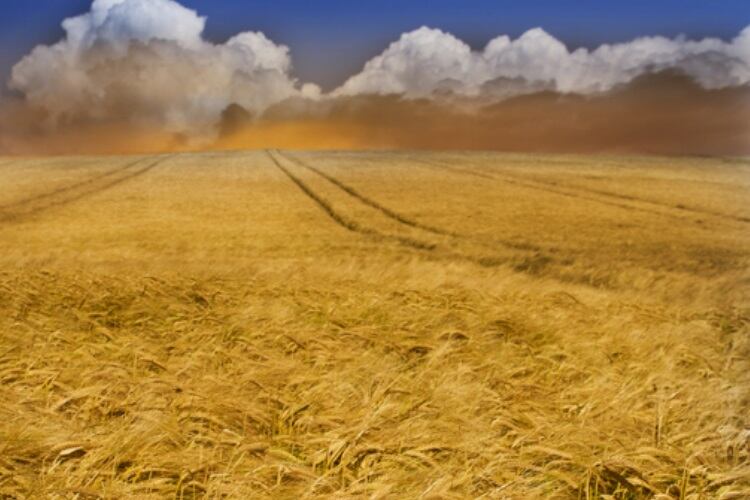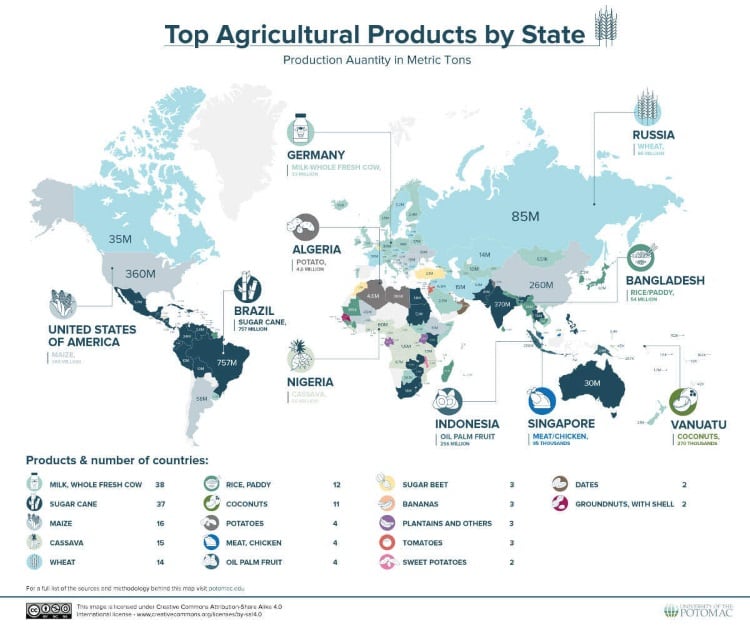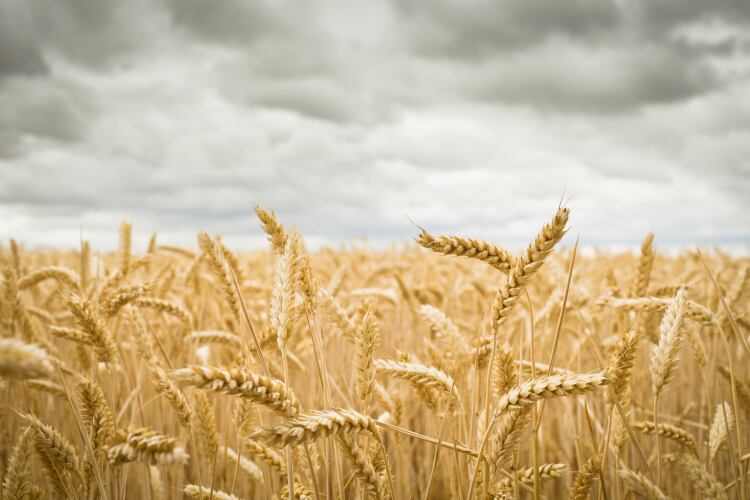It’s also a major contributor to almost everything we eat – especially today, with the increasingly popular push toward plant-based foods – and an inherent ingredient in baked goods and the majority of snacks (think potato chips, popcorn, nuts…)
But the sector is in turmoil, facing the biggest roadblocks it has ever experienced: climate change, the COVID-19 pandemic, and now the Ukraine-Russia war.
Russia’s so-called ‘special military operation’ in the land-locked 603,700km2 country has had far reaching implications, putting a halt to agriculture and placing an important source of livelihood for the roughly 13 million Ukrainians living in rural areas into jeopardy, but also traumatising food markets around the globe.
Roughly two-thirds of Ukraine is under agricultural production. It is normally the world’s top producer of sunflower seeds, and provides 40% of the world’s sunflower oil. That’s why the onslaught of conflict saw the price of sunflower oil soaring by 25%. It is also a major producer of corn, barley and wheat – in fact, 45% of the World Food Programme’s wheat supplies come from Ukraine.
Russia is the world’s third largest wheat exporter, mainly the Middle East and Africa, but what is holding the world to ransom, is its ownership of world gas reserves (largest), dry natural gas (second largest) and oil supplies (third largest producer). It is also a key supplier of fertilizers.
Amid this uncertainty about the future of food production, researchers from the University of Potomac in Washington D.C. analysed datasets from the UN’s FAO to shed light on the current state of agricultural production and trade.
Key findings

Corn is the second most produced crop globally (1.1 billion tons, accounting for 12% of total output), followed by wheat (760.9 million tons, 8%) and rice (756.7 million tons, 8%). Sugar cane tops the leaderboard (21%), while cow’s milk also ranks high on the most widely cultivated commodities worldwide.
The most exported agricultural products globally are wheat, rice, soybeans, corn, barley, rapeseed, palm oil, sunflower seeds and bananas.
China, the US, Russia, Brazil and India are the five leading food producers and exporters.
Wheat was first domesticated in 9,600 BC and today is the second most produced agricultural product globally, with over 760.9 million tons cultivated by 126 countries in 2020.
China is the world’s biggest producer 134.2M tons), followed by India (107.5M tons) and Russia (85.8M tons) in 2020. Ukraine is the 8th largest producer (24.9M tons).
Russia and Ukraine account for about 30% of the global wheat trade, making the region the ‘breadbasket’ of the world, and the impact of the war has caused shortages and sent wheat prices spiking (19.7% in March 2022, compared to a month earlier).
Russia cultivates over a third of global sunflower seeds, while a quarter of the total production comes from Ukraine.
Brazil is the world’s leading producer and exporter of soybeans (82.9M tons), followed by the US (64.5M tons) and Paraguay (6.6M tons).
In 2020, China was the lead producer of over 30 crops, including wheat, rice, tomatoes and potatoes. Rice was the star child though, producing 353.1 million tons (mainly for local consumption). China is also the largest producer of eggs (29.8M tons), but is pipped at the post on the exporting front by the Netherlands.
Though it was first cultivated in Central America and Mexico, corn is grown on all continents today, excluding Antarctica. The US is currently the top producer, producing 32% of world supply and exporting to 73 countries, followed by China and Brazil. Together, these three countries produced about two-thirds of the world’s corn.
Potatoes were first domesticated in the Andes, introduced to Europe by Spanish explorers, and from there, cultivation spread worldwide. Today, South American countries produce only 5% of the world’s potatoes.
Although not a heavy component in Chinese cuisine, the country is the biggest producer (78.1M tons), followed by India (51.3M tons), while Ukraine and Russia account for one-tenth of world production, again spiking prices of many processed foods, including the world’s most popular snack, potato chips (crisps).
Debunking the COOL approach?

Country of Origin Labelling (COOL) is a label that is quickly gaining traction among consumers who want to know where their food comes from, however, advancing tech and processes in the agricultural sector over the past 50 years has essentially muddled the water.
Globalisation has seen a big shift in the cultivation and exportation of foods worldwide.
A 2016 study in Proceedings of the Royal Society B revealed how advancing agri-tech has connected countries, either through ‘foreign’ crop cultivation or consumption. Today, almost 70% of national food supplies are derived from crops that originated ‘far, far away’ (or their wild relatives). Russian scientist N.I. Vavilov grouped the centres of origin to Central America and Mexico; parts of the Andes, Chile and Brazil-Paraguay; the Mediterranean; the Near East; Ethiopia; Central Asia; India; China; and Indo-Malaysia.
For example, wheat was initially cultivated in the Mediterranean and Central and West Asia, but is today produced in over 100 countries and ranked as the biggest commodity for over 14 of them.
Tomatoes are another example, originating from the Andes. However, the biggest producers today are China, Turkey and India, while the Netherlands (far, far away) is the biggest exporter.
In fact, analysis of FOA data revealed the production of crops worldwide has increased by over 53% over the past 20 years, reaching a record high of 9.8 billion tons in 2020.
However, while a plethora of agricultural commodities are produced worldwide, only four accounted for half of the world’s agricultural production in 2019.
Since the start of agriculture 10,000 years ago, a large number of crops have been domesticated. However, not all crops are equal in status, with some playing a far more important role in providing food security, such as wheat, corn, rice and potatoes.
At the same time, the globalisation efforts of the past century has created a far-flung food production system, sending spores of wheat from its centre of origin near what is now Iraq to more than 120 countries worldwide, ears of corn from Central America and Mexico to over 165 countries, and the spud’s humble beginnings in the Andes to the distant shores of China, India, Europe and the US.
However, once again the playing field is not level, with just a handful accounting for the the world’s total agricultural output.
Study:
Where Does Our Food Come From? The Largest Agri Producers and Exporters
University of Potomac





